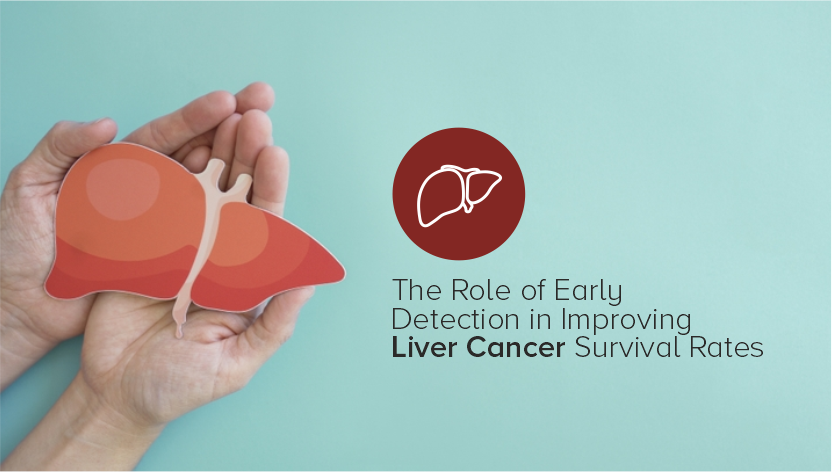Liver cancer is the silent assassin of the medical world. Often, it creeps up without warning, making early detection not just important but crucial for survival. For those at risk, understanding the significance of early diagnosis can mean the difference between life and death. But how does catching liver cancer in its infancy improve survival rates, and what steps can individuals take to ensure they are not caught off guard?
